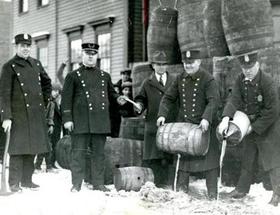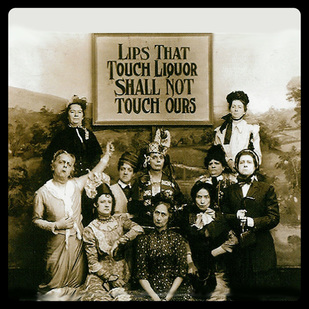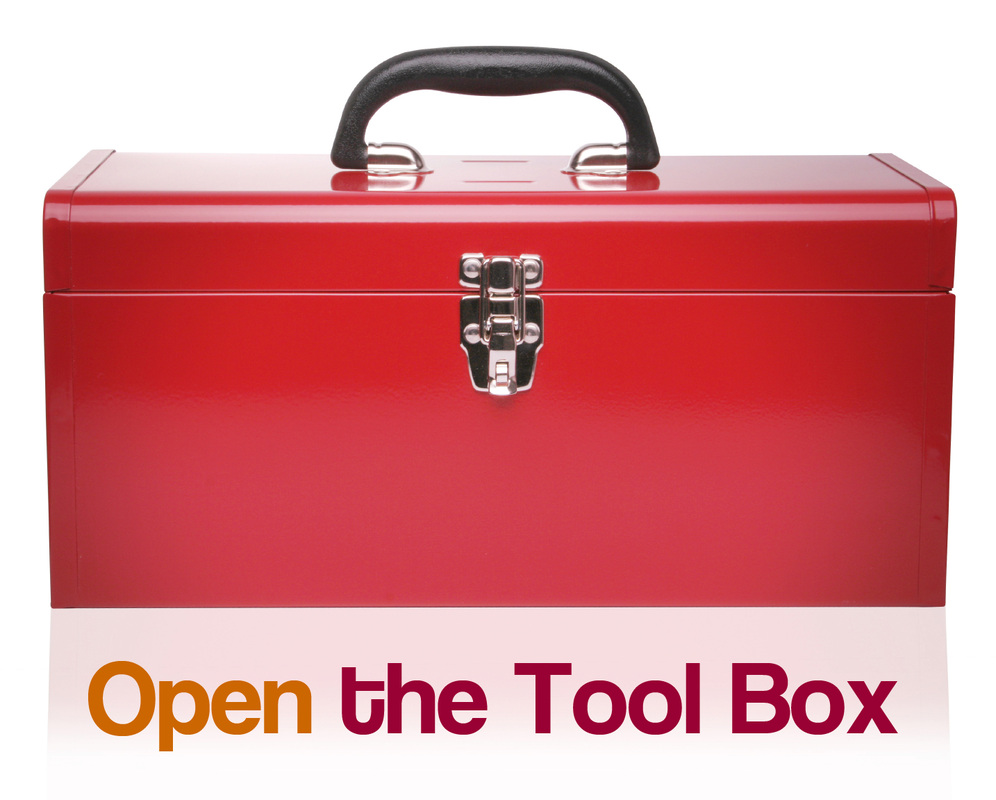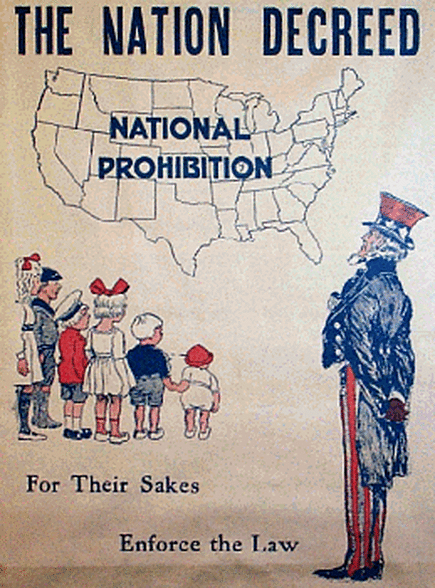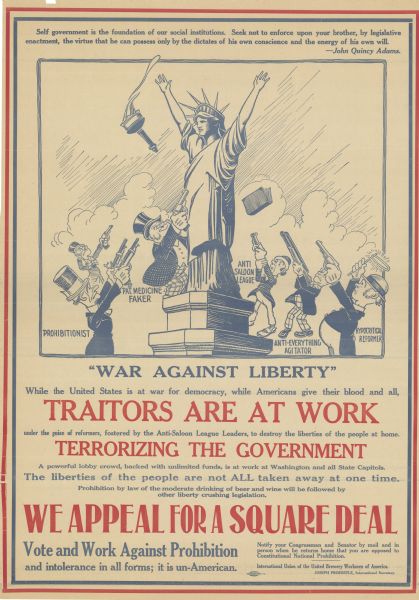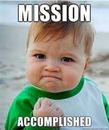Unit 4: The 1920s and 1930s
Lesson 3: Prohibition
FOCUS ACTIVITY
I Can Do It!
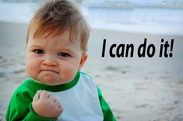
I can describe prohibition era in the United States and explain its positive and negative effects.
TEACHING ACTIVITY
Guided Reading

DIRECTIONS: We are now going to read today's text as a class. Remember to follow along. I will select readers randomly by calling out numbers. Important terms, people, places, and events are highlighted in the toolbox.
PROHIBITION
WHY PROHIBITION DID NOT WORK
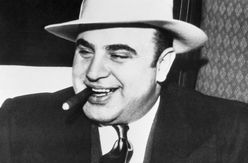 Al Capone
Al Capone
Prohibition made drinking more attractive to many people. Consumption of alcohol by women and young people increased. Gangsters like Al Capone of Chicago took over the illegal activity of selling liquor. Speakeasies popped up all over the country — by 1933 there were more than 200,000 speakeasies throughout the United States. Prohibition laws became the most disliked and disobeyed laws in U.S. history. Congress did not foresee problems with enforcement of the law and did not provide enough money for agents.
EFFECTS OF PROHIBITION
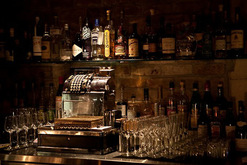
The restrictions of Prohibition probably caused the outrageous behaviors of the 1920s. Speakeasies had abundant business. Making “bathtub gin” and brewing beer became popular pastimes. Disregard for Prohibition created contempt for other laws and made crime a big business. In December of 1933, the 21st Amendment was past that ended prohibition, but the problems that prohibition caused remained.
WHOLE GROUP ACTIVITY
Understanding Concepts
DIRECTIONS: In this activity, we will discuss the answers to the following questions:
1. What is prohibition?
2. What law made selling alcohol illegal in the United States?
3. Why did people want Prohibition?
4. Why did Prohibition not work?
5. What were the effects of Prohibition?
6. What law ended Prohibition?
1. What is prohibition?
2. What law made selling alcohol illegal in the United States?
3. Why did people want Prohibition?
4. Why did Prohibition not work?
5. What were the effects of Prohibition?
6. What law ended Prohibition?
SMALL GROUP ACTIVITY
Support Your Cause
DIRECTIONS: In this activity, your group will use the reading to make a list of the pros and cons of prohibition. After the list is constructed, each group member will decide for themselves whether they would have supported prohibition or not. Each member will then construct their own poster either defending or protesting prohibition. Make sure your poster gives reasons why you would support or not support prohibition.
Examples are embedded below:
Examples are embedded below:
INDIVIDUAL ACTIVITY
Exit Pass
DIRECTIONS: In this activity you answer prove that you have met the Lesson Mission by answering the essential question of the lesson. Please complete the exit pass below. This question is worth 10 points and is graded for accuracy. You MAY use the reading and any notes you took.
HOMEWORK
Finish the Lesson and Family Time
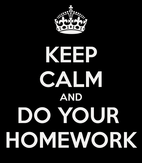
Remember, you have homework every night in Social Studies. First, share with your family what you learned in class today. Second, review your exit pass response to each lesson and the lesson vocabulary to help you study for the test.
